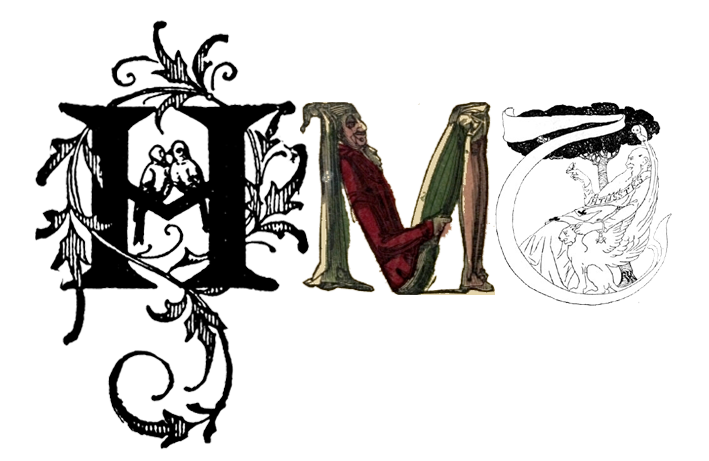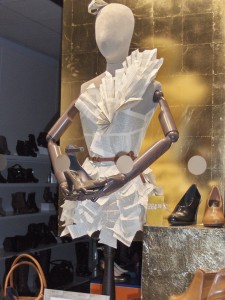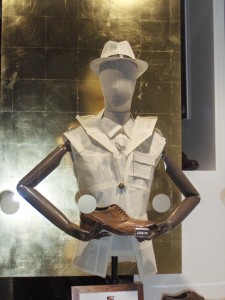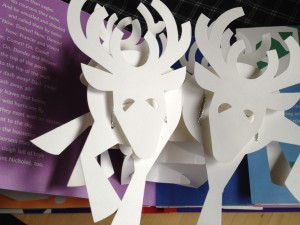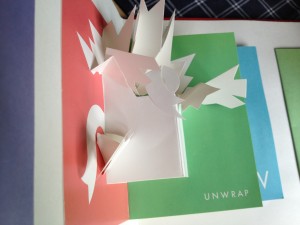CoDE: Cultures of the Digital Economy 2012
1st Annual Conference
Anglia Ruskin University, Cambridge, UK, 27-28 March 2012
Call For Abstracts
The 1st Annual Conference of CoDE: Cultures of the Digital Economy will be held at Anglia Ruskin University, Cambridge, UK on 27-28 March 2012. Participants from a range of scholarly disciplines are invited to present research related to digital culture and the digital economy.
Confirmed keynote speakers are Dr Jussi Parikka and Dr Astrid Ensslin, whose biographies are included below. Paper abstracts of up to 300 words can be submitted to code@anglia.ac.uk until 31st January 2012. In particular, abstracts related to the following conference themes are sought, though abstracts addressing other aspects of digital culture are also welcome:
Theme 1. Materiality and Materialism
It is straightforward enough to understand computation as a relationship between material objects (hard drives, screens, keyboards and other input devices, scanners, printers, modems and routers) and nominally immaterial ones (software, programming languages, code). This approach to the „stuff‟ of the digital risks ignoring a set of crucial questions around the relationships digital technologies construct with a range of material objects: from the „analogue‟ world modelled in weather systems and battlefield simulations to the body of the information worker interacting with spreadsheets and databases; from the range of artefacts that form the subject of the digital humanities to the materials, bodies, spaces and places of art practice and performance.
Theme 2. Performance, Production and Play
Innovative aspects of our interaction with performances and the production of artefacts for continuous engagement have evolved exponentially through the digital age, particularly with the development of ideas related to play and serious gaming, which brings novel opportunities for creative expression, not to mention innovative approaches related to parallel disciplines in science, education, healthcare and business. The collaboration between performance, production and play and adjacent academic fields is of particular interest given the cross-disciplinary requirements of the Digital Economy Act.
Theme 3. Digital Humanities – Archives, Interfaces and Tools
Digital Humanities works at the intersections of traditional research and technological innovation. Its techniques have helped to prove that Shakespeare wrote Shakespeare, for instance, and have even been used by the FBI to determine the authorship of sensitive documents. Today scholars in the digital humanities are primarily concerned to offer a gateway to previously hidden records of culture and heritage. A high-resolution digital photograph of a Chaucer manuscript, for instance, reveals its delicate pen strokes, and when placed on the internet, can pave the way for school children, university students, and those interested in culture generally, to learn about medieval literature from primary resources.
See www.anglia.ac.uk/code for more details–or click here.
